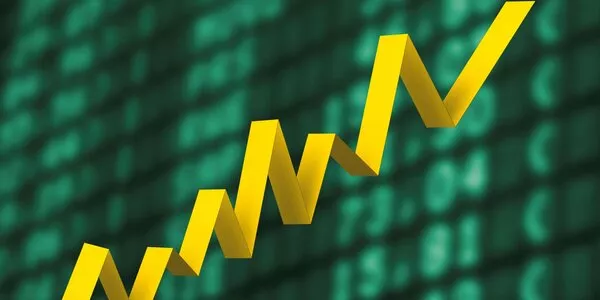
Weekly Update - More, more, more - from support to stimulus
COVID-19 infections continue to spread rapidly across many regions, in particular in Latin America, South Asia and the South and West of the United States. In parallel, economies are gradually reopening factories, offices and shops and look unlikely to
reverse track – the economic damage has already been extensive and few countries could afford another complete lockdown. In this context, we see a shift in government policies, away from income and loan support and towards recovery stimulus. What does this mean for markets?
In the UK, Chancellor Rishi Sunak unveiled a £30bn stimulus package this week, which takes total government measures to £189bn since the start of the crisis, some 9% of GDP. The package includes a payment of £1000 to companies which rehire staff
they had furloughed, a cut in VAT charged in the tourism and hospitality sector from 20% to 5% for the next six months, an increase in the threshold for stamp duty payments on home purchases from £125,000 to £500,000 and a “kickstarter” programme to pay the minimum wage to 300,000 16-24 year olds for six months from August, thereby creating a pool of free labour for companies.
In the US, the increased unemployment benefits – $600 per week in addition to state benefits of $395 on average – on offer under the Coronavirus Aid, Relief and Economy Security act are due to expire at the end of July. Many Republicans claim that they are a clear disincentive to seeking a job – according to a University of Chicago study, 68% of unemployed workers are earning more in benefits than their previous wages – and they are unlikely to be extended. This leaves US households facing two cliffs – 1) the 18.1 million currently claiming unemployment insurance will see weekly benefits fall 60% at month-end, and 2) with jobless insurance normally lasting 6 months, workers who lost their jobs in March will lose their remaining benefits in September – which could provoke serious household solvency problems.
However, policy-makers are aware of the risks and the Senate majority leader wants Congress to complete work on a $1 trillion package (equivalent to 4.8% of GDP in addition to existing programmes amounting to 13.4% of GDP) ahead of the summer recess which begins in early August. This new package is likely to include another cheque for lower-income households, a cut in payroll taxes, tax incentives to encourage business investment and a back-to-work bonus, perhaps modelled on Sunak’s plan. The measures, taken together, should help shift the focus from support to stimulus for the recovery, with the presidential election only 16 weeks away.
The European Commission is thinking along the same lines. On the basis of an initial proposal by Angela Merkel and Emmanuel Macron, the commission has put together a €750bn recovery fund for consideration at next week’s European Council of heads
of state. There is still disagreement on how the fund should be structured – some members want grants with no strings attached, others insist on loans to be repaid – but strong support from France and Germany should ensure that a compromise will be struck, if not next week then before month-end. Beyond its impact on the economy, the fund would represent a major advance in European Union integration, increasing the attractiveness of the region to international investors.
Bottom line. Another round of complete lockdowns looks out of the question for now. With the virus still spreading and a second wave later this year still a major risk however, governments are likely to keep some restrictions in place, meaning that full
recovery from the COVID-19 recession will take many quarters. In this context, further stimulus plans along the lines of those outlined above might prove necessary. Although this should keep risk appetite high, the macro context remains challenging
which should limit upside for equity markets.





